Why FotodioX Pro is Worth the Extra Dough
Dustin Abbott
September 4th, 2015
A good adapter makes old glass shine!
My love for vintage glass has been well documented. I’ve written articles for my own website, for Alien Skin Software, and even for Digital Photography School. Many of you know that I’m a lens/gear reviewer, and I see a ton of new lenses come across my desk. I’m currently working on my 19th and 20th lens reviews of the year. I’ve reviewed lenses that cost into the thousands, and I’ve reviewed Canon’s new $125 50mm STM lens. Last year was no different. I’ve reviewed lenses from Canon, Zeiss, Tamron, Sigma, Rokinon, and Samyang this year alone. I say that to say I see pretty much all the new gear, and some of it is devastatingly good. But I’ve made the point in several articles that there is still something special about old lenses. Sometimes new lenses can be so good that they lack character – like photos with a perfect histogram and exposure but without any soul. It is rare that old lenses are perfect. They are frequently flare prone, or perhaps a little “dreamy” wide open, or, like some of the Helios lenses, a unique optical defect can cause a “swirly” bokeh pattern that is completely unique.
But there’s one major problem in getting those great old lenses onto my cameras – none of them have the EF, EF-S or EF-M lens mount that my stable of Canon camera bodies take.
That’s where the adapter comes in. An adapter is usually relatively simple (particularly for Canon shooters). It is often a thin bit of metal that has the old mount on one side and the “new” mount (in my case, a Canon mount) on the other. Lock the lens into its native mount on one side, and then clip the adapted lens into the proper mount for your camera…and away you go…at least in theory.
There are complications. Sometimes the design of certain lenses cause their rear flange to be too deep, and when the mirror of a camera (usually only full frame cameras) tries to open or close during shutter operation, the flange can catch on the edge of the mirror and prevent the mirror from going back down. In other cases you might have a mount that doesn’t lock in a particularly stable way, leading to the lens feeling a bit wobbly (and perhaps worse…as we’ll discover in a moment). In a few cases (more frequent on Nikon bodies), an adapter will actually require glass elements for the adapted lens to work properly, and those adapters can either degrade image quality or cost a lot more. One other issue that I’ve encountered is that some lenses had a pin in the back that would switch the lens from manual aperture to auto aperture. In that case you need an adapter with a flange that will depress that pin so that you can use the manual aperture ring (as it is extremely unlikely that you will be able to control aperture from the camera body).
When I started using vintage glass about 5 years ago I initially started cheap all around. I raided the local pawn shops and bought a number of lenses for $20 or less (often around $10). I bought cheap adapters off Ebay in various mounts. I’ve used M42 mounts, Pentax K mounts, Contax/Yashica, Konica, and even an M39 type mount. I quickly discovered my favorite mount to adapt was M42, or what was commonly called a “screw mount”. The fact that the lens screws into the mounts threads rather than a bayonet type mount meant that the lens connection was nice and tight. My first Pentax K mount felt completely insecure and wobbly by comparison. I tried multiple adapters, some better, some worse. Some had focus confirm chips that would allow the camera to give a beep and light up the appropriate focus point when it felt manual focus had accurately been achieved. But always cheapos off Ebay.
Until one day I smartened up.
I had wanted a vintage Zeiss 50mm lens after reviewing 3 modern Zeiss 50mm lenses (Planar T* 1.4/50mm, Makro-Planar T* 2/50mm, and the Otus 1.4/55mm). All very cool lenses in different ways. I wanted to see how older Zeiss lenses stacked up. I saw a nice copy of a Planar T* 1.7/50mm on Ebay, and spent a fair bit for it ($175 USD shipped). One problem: it had a different mount than what I had previously used. It needed a C/Y (Contax/Yashica) mount. So, I did my usual thing and got an adapter off Ebay. I paid $10 USD for it…and I got what I paid for. The C/Y mount is a bayonet style mount, and as soon as I mounted the lens I knew I was going to be disappointed. The lens felt like it could still rotate a bit side to side, like it wasn’t completely locked in. I learned that there should be a leaf compression spring there to help to achieve a tight lock. My adapter didn’t have it.
The worst thing was that I really actually liked the lens. Great Zeiss color, nice sharpness when focus was nailed even wide open, and great sharpness when the aperture was closed down a bit. It even had a unique flare pattern (see the image above) that was very artistic and cool. But I wasn’t even close to getting infinity focus wide open. I had to stop way down to get reasonably decent infinity results, and that wasn’t always ideal.
I did an article earlier this year comparing the new Rokinon 50mm f/1.4 manual focus lens to a number of older manual focus lenses that I owned (including the afore mentioned Helios 44-2 (58mm f/2), SMC Takumar 50mm f/1.4 and 55mm f/1.8, and this Zeiss lens. I did a standardized test of them on a cold day at the frozen river. My wide open Zeiss results were just terrible, but I discovered something in that test. The lousy adapter I was using was actually allowing the lens to sag. Here is what my wide open result looked like:
Yuck! The lens wasn’t even getting a chance to focus in the right place because the top half the lens was sagging forwards a bit. I faced a choice at that point; I could either sell the lens and give up on it, or I could invest in a better adapter. I elected to do the latter. FotodioX made a simple claim with their adapter: infinity focus guaranteed. Perfect!
The FotodioX Pro C/Y to EF adapter wasn’t cheap; it was $69.95 at B&H Photo. That was definitely more than what I was used to paying, but the thought of potentially having a fully functional Zeiss lens for less than $250 intrigued me. I ordered the FotodioX adapter.
The difference was night and day. The adapter had a much higher grade look and build. It was made of a brass with a stainless steel finish in black. It had the leaf spring mount that I needed, and the lens clicked very definitely into place. Once the adapter was mounted it looked pretty much like a part of the lens, and there was no movement even when I physically tried to move it. I quickly discovered that I now had the full use of the lens, and the lens would easily focus out to infinity. In fact, last night I purposefully took the lens to the same spot (although it looks a LOT different this time of year!) and the difference is night and day. Here’s a series of crops from a similarly wide open shot (no processing of any kind).
The lighting was obviously more gentle, but my ability to achieve accurate focus was remarkably different. I simply could not focus properly with my previous adapter, and, as the second crop shows, there is as much detail as the lens can resolve at that aperture even on the distant shore (which is actually pretty great for an old lens at f/1.7…or even a new lens, for that matter.)
One other key feature is that while many cheap adapters have some kind of focus confirm chip, the FotodioX Pro adapters have a more premium “Dandelion” Focus Confirm Chip V.2. This chip allows you to program in a variety of details, including the appropriate focal length and maximum aperture, the ability to change the aperture setting in the camera to the appropriate aperture in the shot (you still need to change the aperture on the lens), and even the ability to fine-tune the focus confirm to help you get the best value from the lens. The programming process is a bit clunky, but once it is done you can just forget about it. I found the investment in time (about 30-40 minutes for me the first time) to be well worth the satisfaction of getting the most of my beloved old lenses. You don’t have to program the chip if you don’t want do. You can just put on the adapter and start shooting if that is your preference.
I’m so glad that I made the investment, however, because here’s just a few of the images I’ve gotten since getting the right adapter!
Despite having a pile of cheaper M42 adapters, I have started purchasing the FotodioX Pro M42 to EF adapters for some of my favorite M42 lenses. It’s not just the ability to program; it’s the tighter manufacturing tolerances that allow the lenses to work better, period. Even a micrometer or two here and there can change the way a lens interacts with your camera body, and FotodioX Pro adapters are more consistently tooled and made of better materials in my experience. As an added bonus, the M42 adapters are still very cheap. You can buy them from B&H for only $19.95. You can get one without the focus confirm chip for only $10 if that isn’t a big deal to you. You can find a ton of other FotodioX adapters and filters here.
Some of the old lenses are well worth a little investment in. They are low risk and high reward. Here is a few of the images that I’ve taken with an SMC Takumar 50mm f/1.4 and the FotodioX M42 to EF adapter:
There’s a lot of amazing images still waiting in old glass…and you may have some great lenses sitting around in a box in the attic already or available for a few bucks from a pawn shop or off Ebay. So what are you waiting for? Grab yourself an adapter and start shooting already!
DISCLAIMER: This article and description contains affiliate links, which means that if you click on one of the product links, I’ll receive a small commission. As an Amazon Associate I earn from qualifying purchases.
4 thoughts on “Why FotodioX Pro is Worth the Extra Dough”
Leave a Reply
You must be logged in to post a comment.











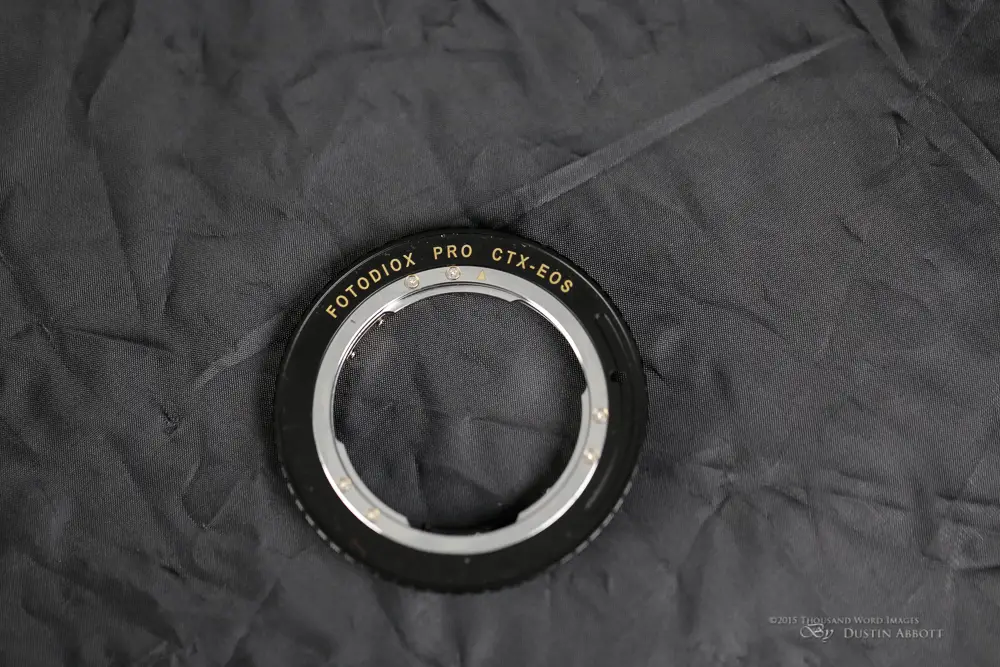
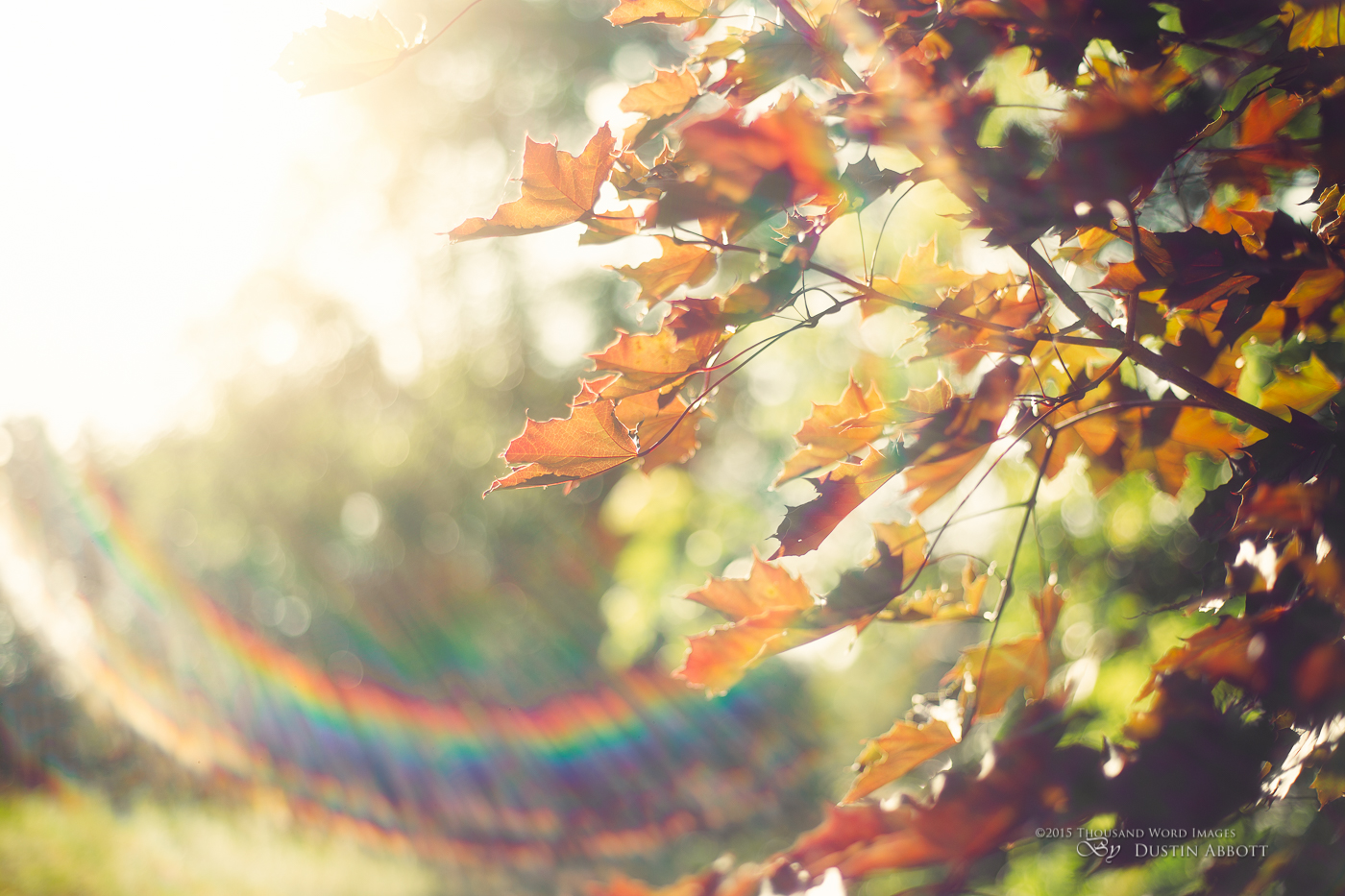

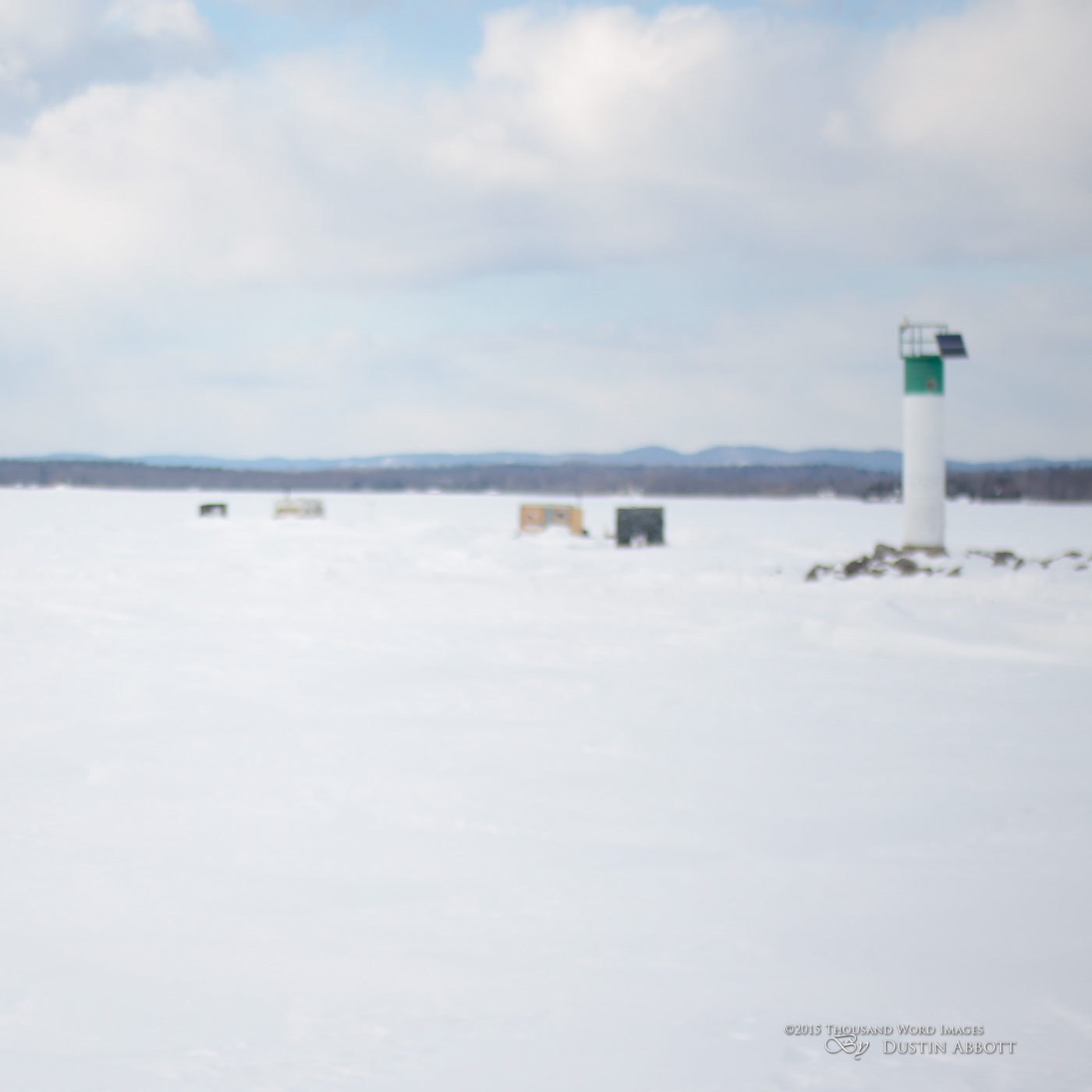
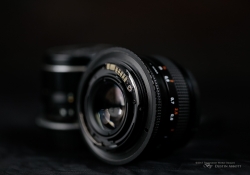

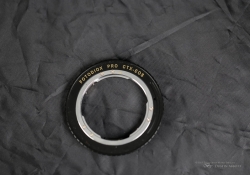

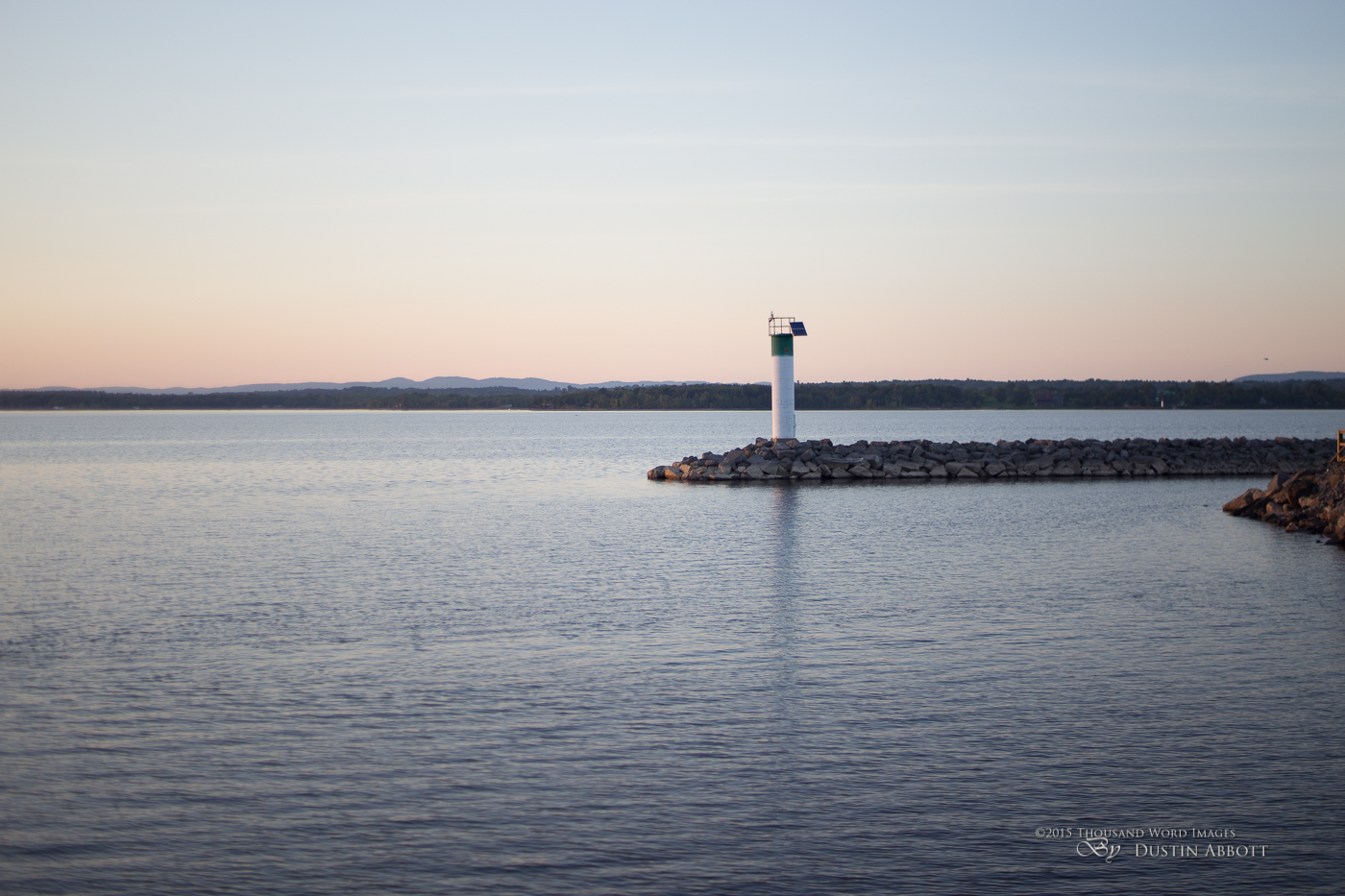
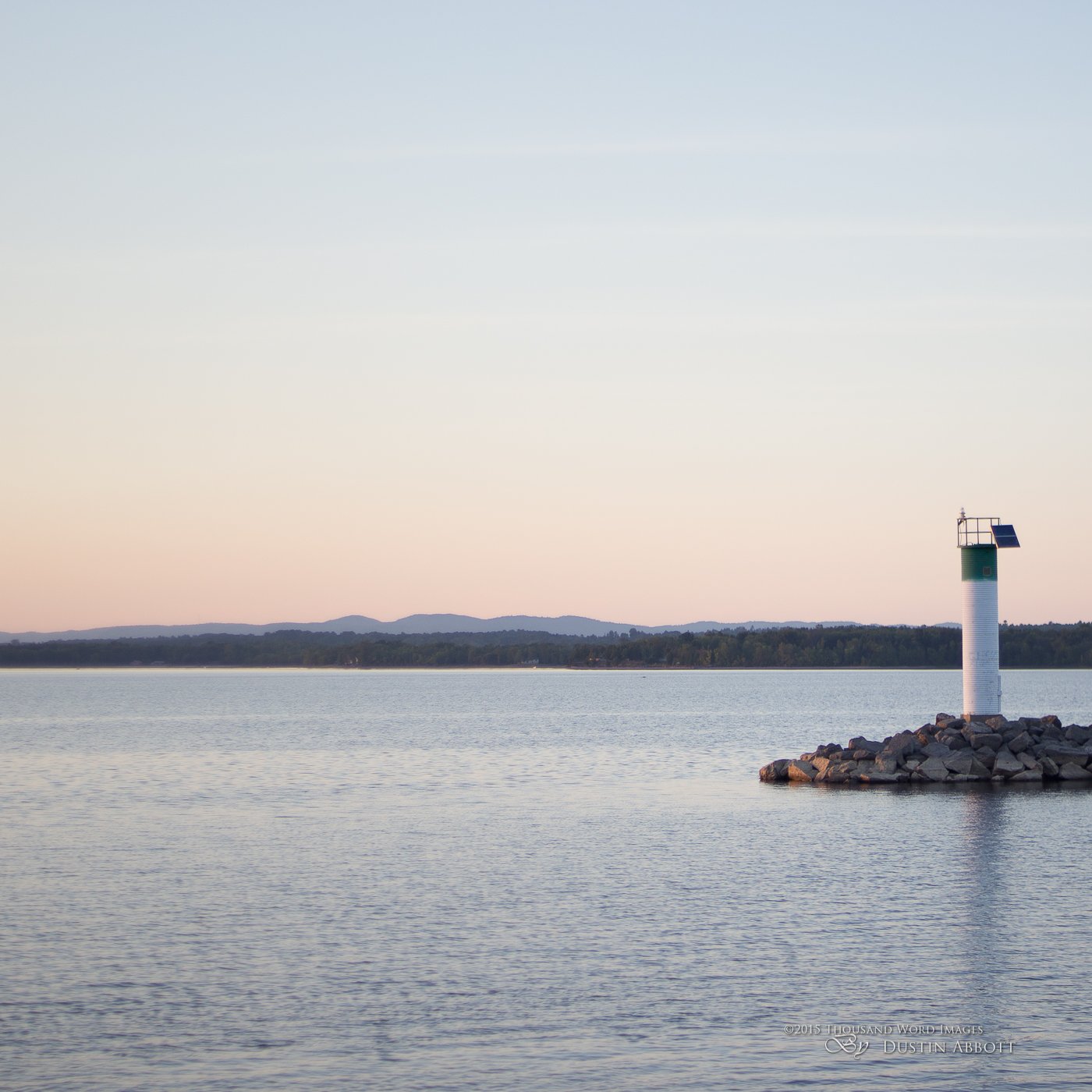

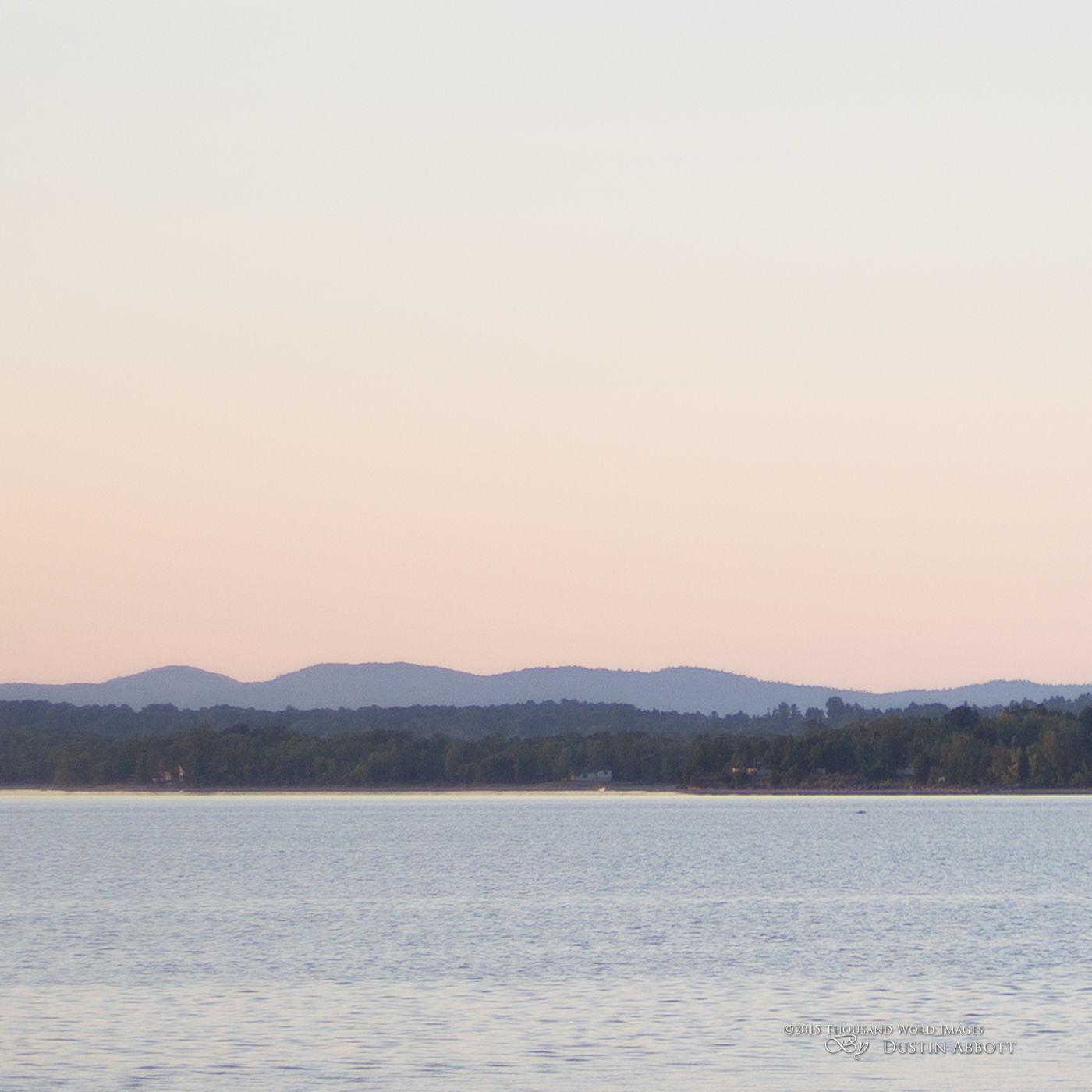

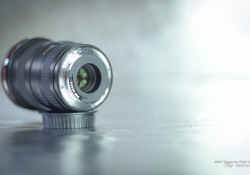
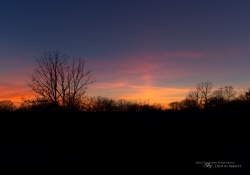
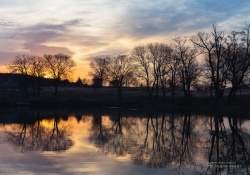



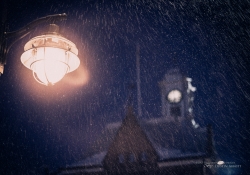



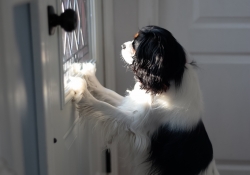
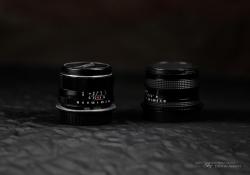
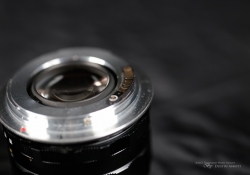
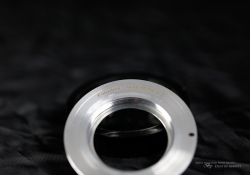




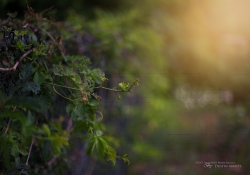
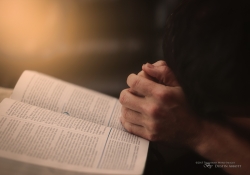
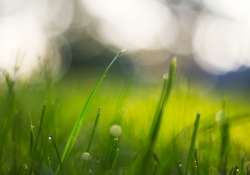

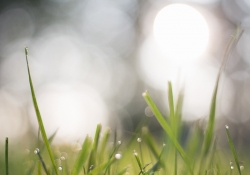
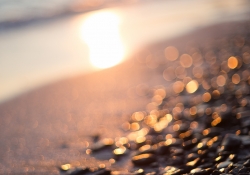


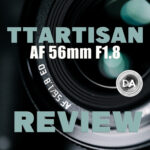 TTArtisan AF 56mm F1.8 X-mount Review
TTArtisan AF 56mm F1.8 X-mount Review 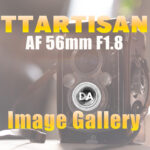 TTArtisan AF 56mm F1.8 Gallery
TTArtisan AF 56mm F1.8 Gallery  Canon EOS R8 Review
Canon EOS R8 Review 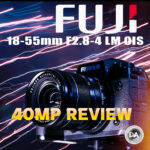 Fujinon XF 18-55mm F2.8-4 LM OIS 40MP 2024 Review
Fujinon XF 18-55mm F2.8-4 LM OIS 40MP 2024 Review 





Doesn’t look like an M42 adapter is available with focus confirm chip…
Very interesting.
I just bought the Zeiss Planar T* 50mm f/1.4 for a ridiculous 200 USD (in great condition) with a 20$ EMF AF adapter.
I’ve bought the adapter from Roxsen, because so far I never had any problems with those for Nikon F-EOS, nor for the M42-EOS conversion.
Will report here how it fares with the C/Y-EOS adapter and maybe help people save a lot of money.
great article and a great site too 🙂 you’ve convinced me to take the plunge!! I’ve got a Canon 6D and also a collection of old film cameras some of which are M42 – I therefore already have a Helios 44M-4, a revueflex 55 1.7 and a CZJ Tessar 50mm 2.8 that are standing by….. I’ve ummmed and ahhhed for ages about getting an EOS/M42 adaptor but based on your site think i’ll invest in a fotodiox one – some amazing images you’ve created here thanks for sharing
Chris, have fun! Shooting vintage glass like this is really a blast. It feels extra special to create amazing images with them.